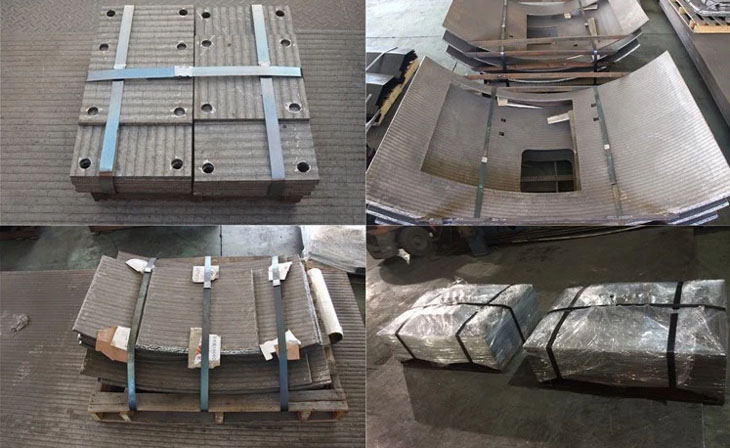The chemical composition of the composite wear-resistant chromium carbide layer has a carbon content of 4 to 5% and a chromium content of 25 to 30%. The volume fraction of Cr7C3 carbide in the metallographic structure reaches more than 50%, and the macro hardness is HRC56 to 62. The hardness of chromium is HV1400 ~ 1800, which is higher than the hardness of quartz in sandstone HV800 ~ 1200. Since carbides are distributed vertically in the direction of wear, even when compared with casting alloys of the same composition and hardness, the wear resistance is more than doubled.
The chromium content in the chromium carbide plate is 25-30%.
This article explains:
chromium carbide plate is used to make a mold material that bears load, has a complicated shape, requires small deformation, high wear resistance, and good red hardness.
chromium carbide plate, chemical symbol Cr, is a steel gray metal. The element name comes from the Greek, which originally meant “color” because chromium compounds all have color. In 1797, French chemist L.N. Vauquelin discovered a new mineral in Siberian red lead ore (chromite), which was obtained by carbon reduction the following year. The content of chromium in the crust is 0.01%, ranking 17th. There is no free chromium in nature, mainly in chromite. In the periodic table, it belongs to group ⅥB. The atomic number of chromium is 24, the atomic weight is 51.9961, and body-centered cubic crystals. The common valences are +2, +3, and +6. The oxidation number is 6, 5, 4, 3, 2, 1, −1, −2, −4 and it is the hardest metal.


